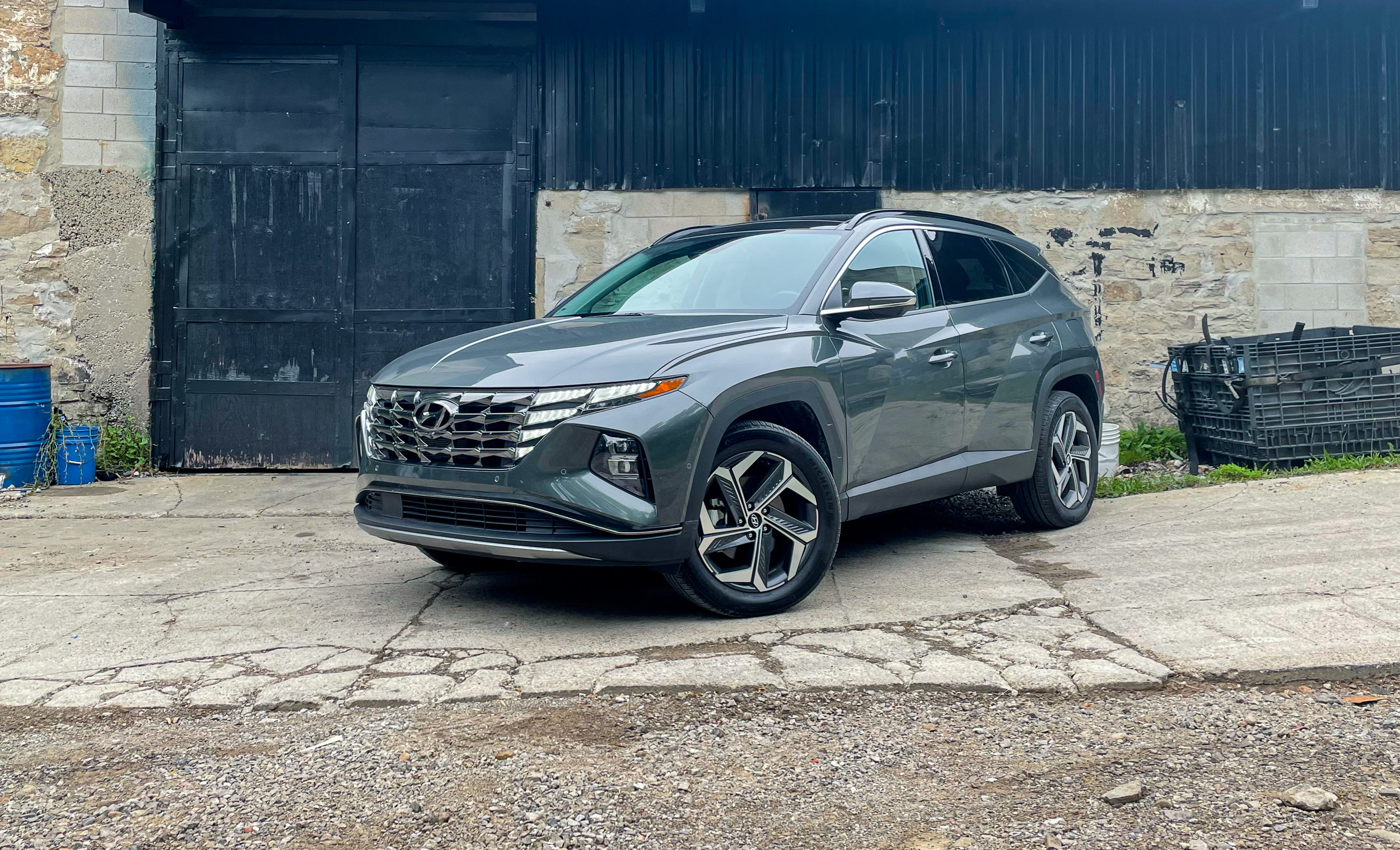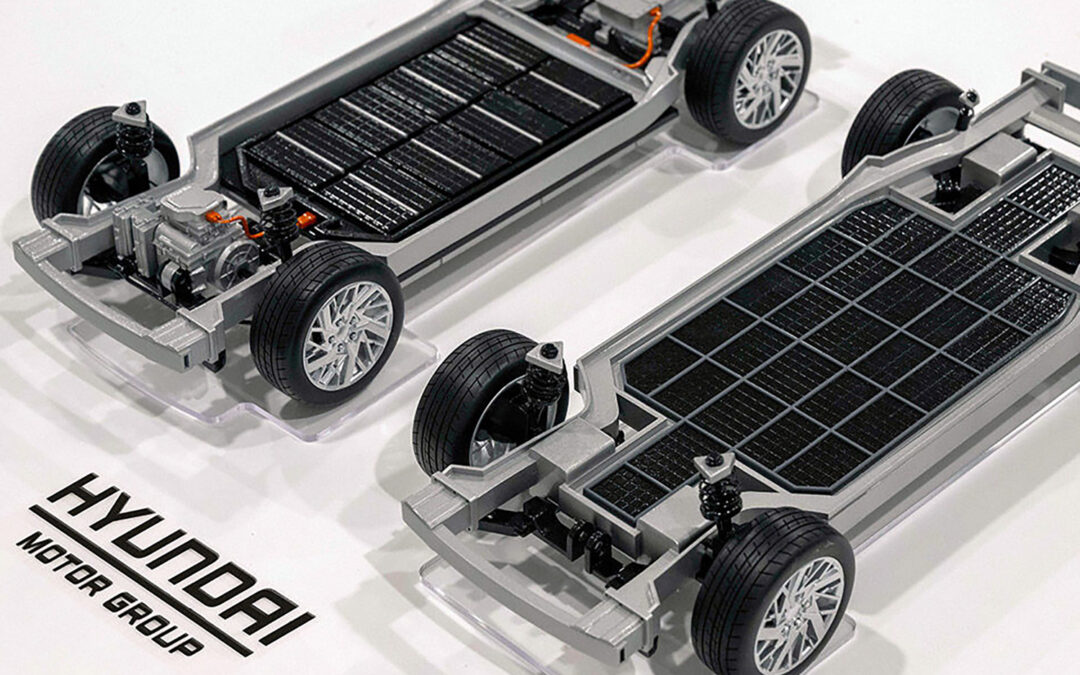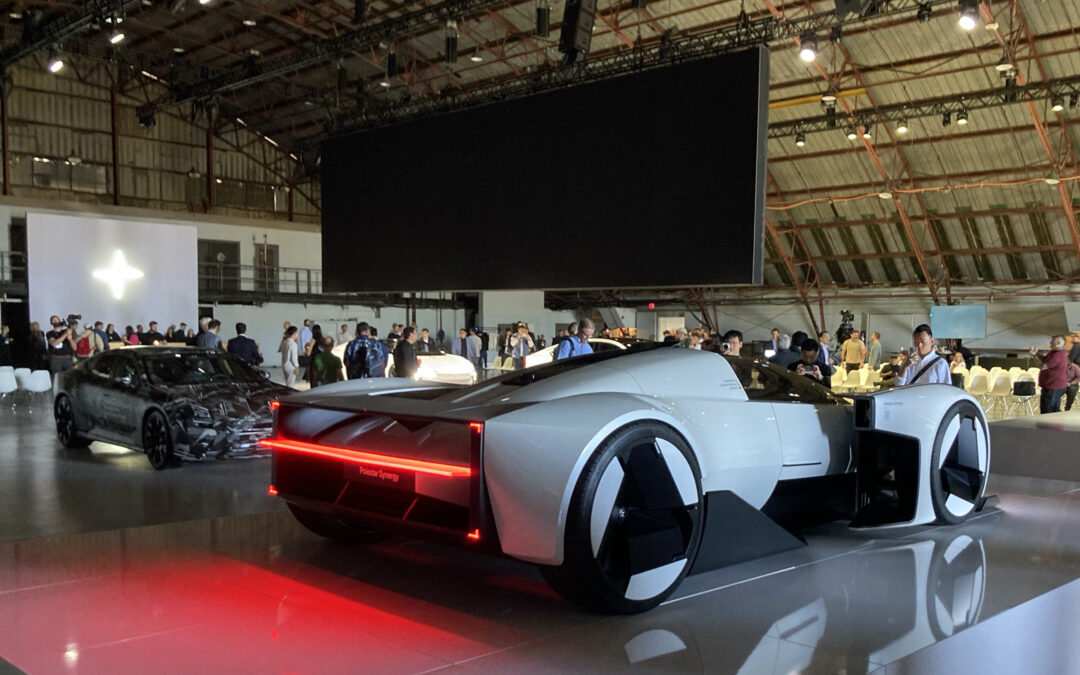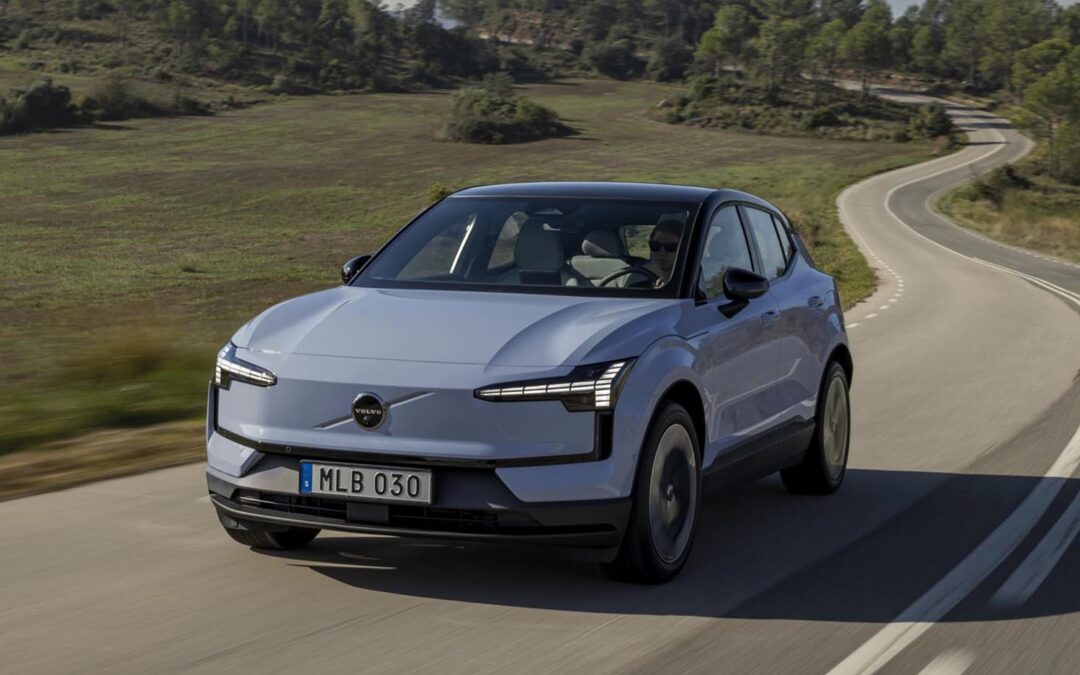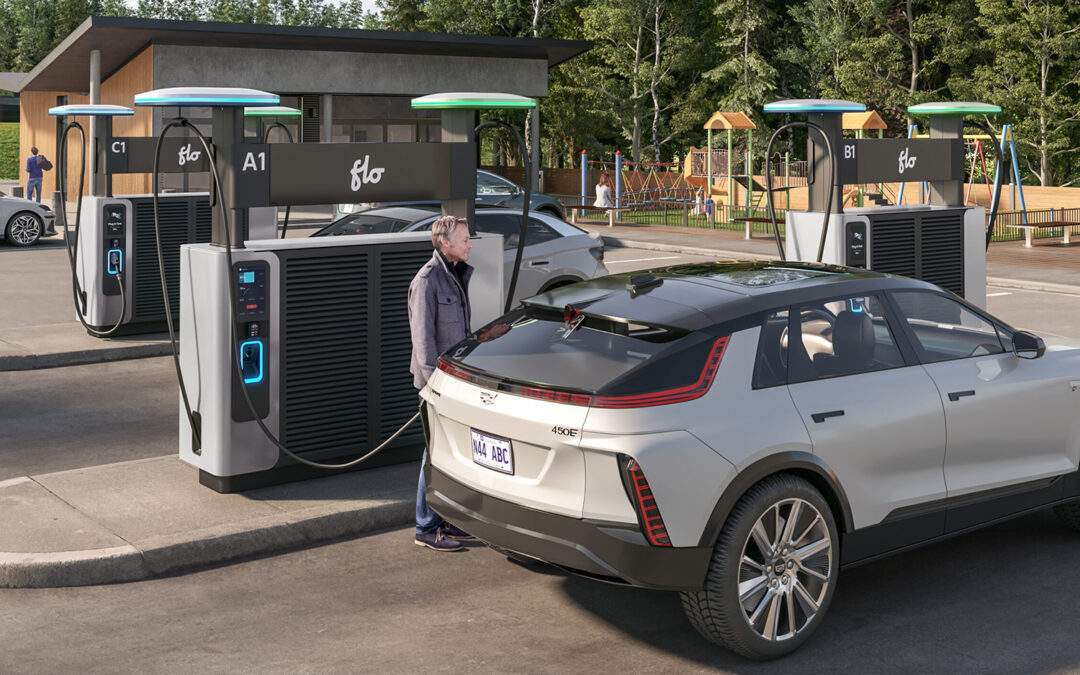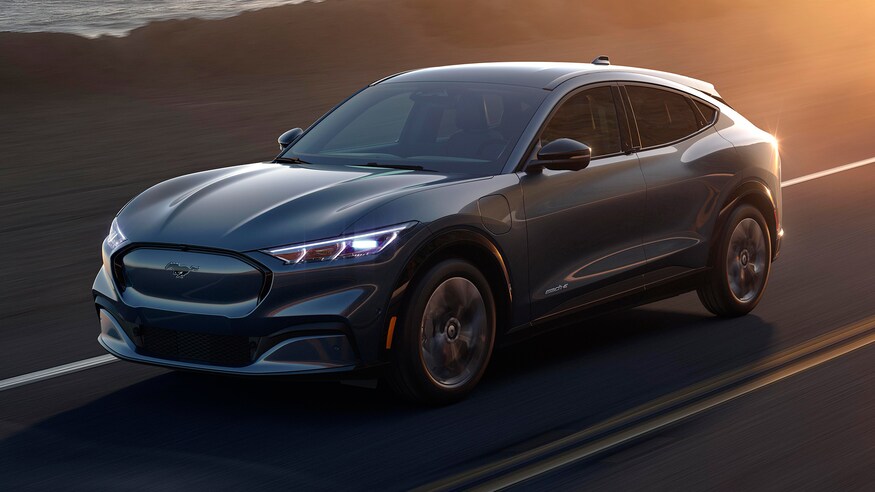Looks good, doesn’t it.
We’re just a few moments into our test of the new-for-2023 Tucson plug-in hybrid, and it’s clear that a considerable amount of effort has gone into the design of Hyundai’s mid-sized workhorse.
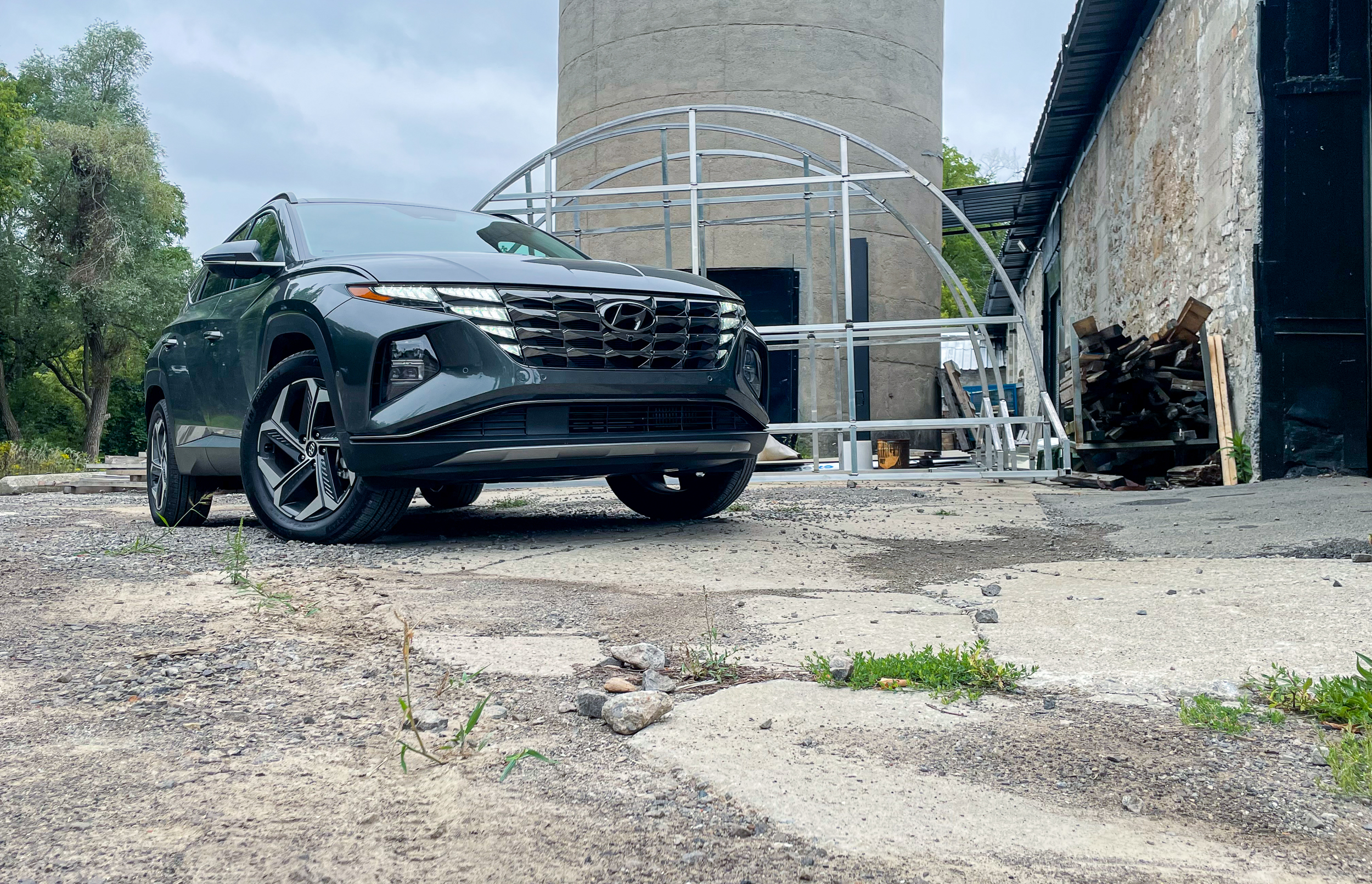
2023 Hyundai Tucson PHEV Ultimate
The wider, deeper and inter-layered front grille for example, coupled with the ‘un-Hyundai’ grooves in the bonnet, are a carry-over from the Korean brand’s striking Vision T Concept of 2019, and give the SUV a more brooding ‘face’ than the more anonymous look of its predecessors. Strategically-placed bodylines down the flanks – yes, on a Tucson! – help emphasize that tapering roofline too, and, my word, those 19-inch, five-spoke alloys are a bit racy, aren’t they!
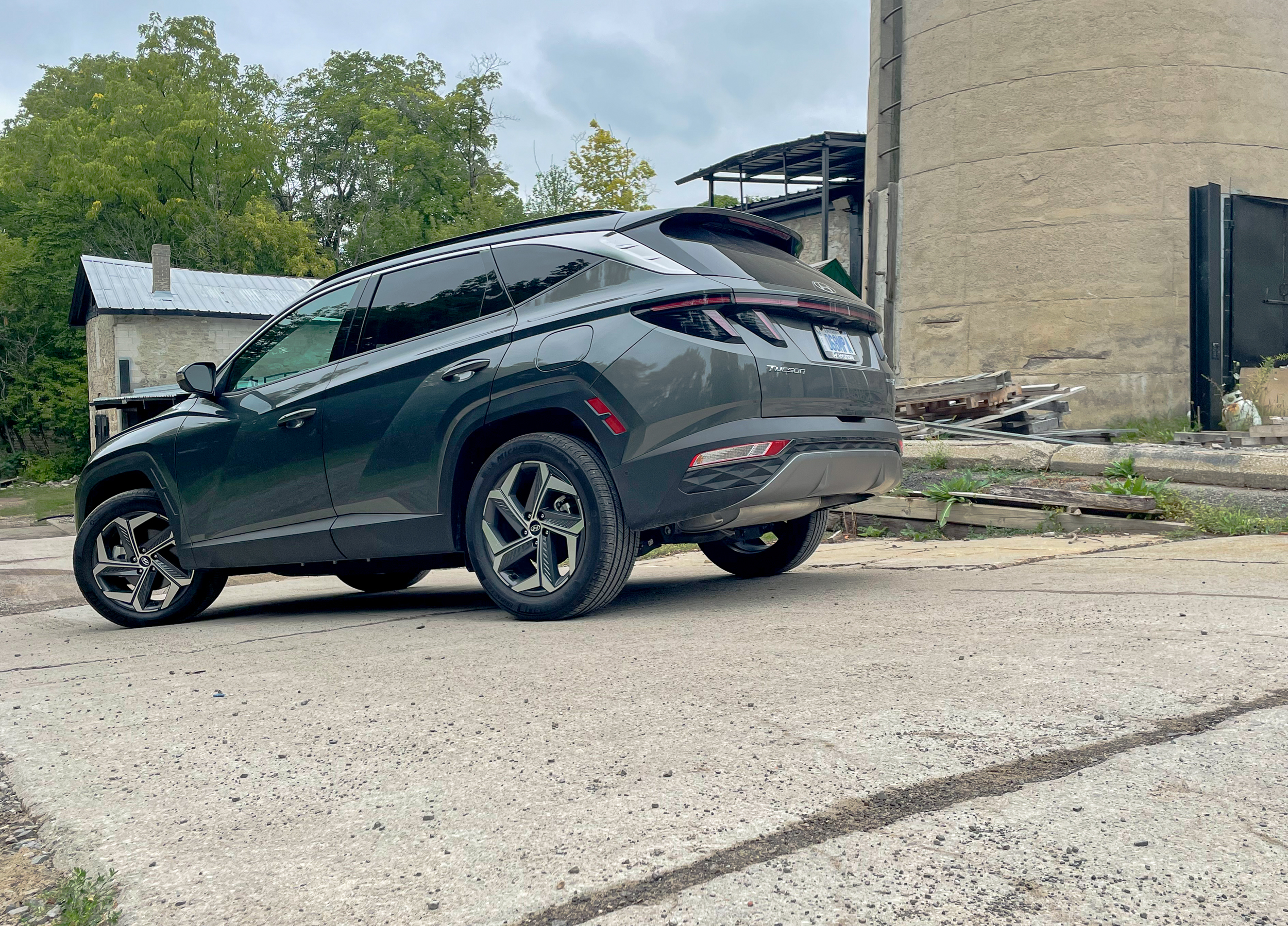
2023 Hyundai Tucson PHEV Ultimate
The Hyundai logo stenciled on the rear glass rather than the bodywork is a nice touch too, making way, as it does, for the full-width LED bar that tapers into two sets of vertical taillamps. Even small details like the EV and fuel ports being symmetrically aligned over their respective rear wheel arches shows how much thought has gone into Hyundai’s new look.
It’s a bold step, one that gives the Tucson a robust charm against the likes of its Honda CR-V, the Toyota Rav4 and the Volkswagen Tiguan sparring partners.
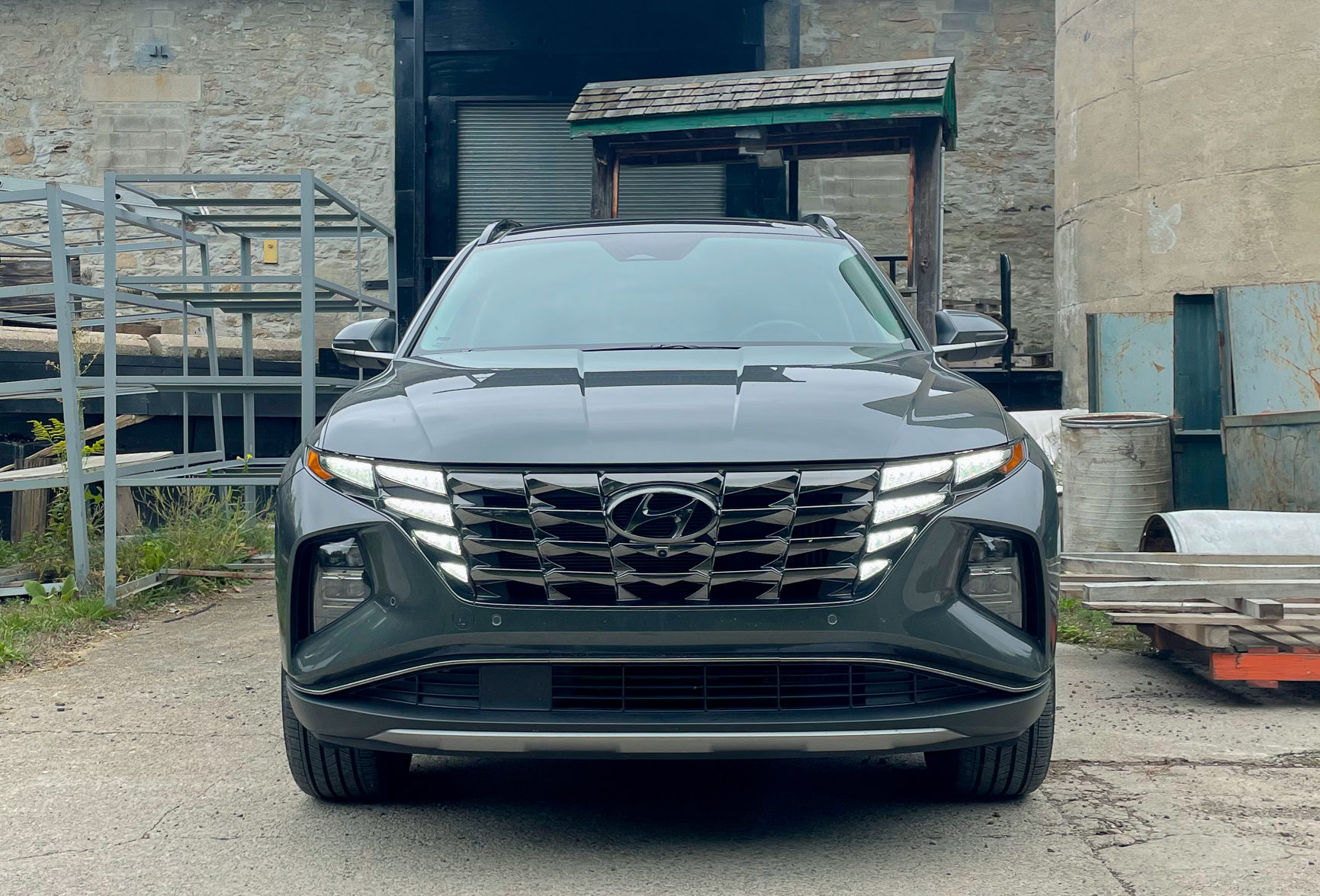
2023 Hyundai Tucson PHEV Ultimate
It’s much the same story in the cabin too, though admittedly with one or two creases that could have been ironed out. Mirroring the air vent design across the doors and the length of the dash before cascading down the sides of the centre console – the focal point of which on our ‘Ultimate’ test model is a 10.25-inch touchscreen – gives an upmarket feel to the Tucson. As does the ambient lighting and the absence of switchgear on the console, which has been replaced with digital buttons and a haptic pulse. A shame then that the leading edge of the console digs slightly into this particular scribe’s right knee with his driving position, but, still…
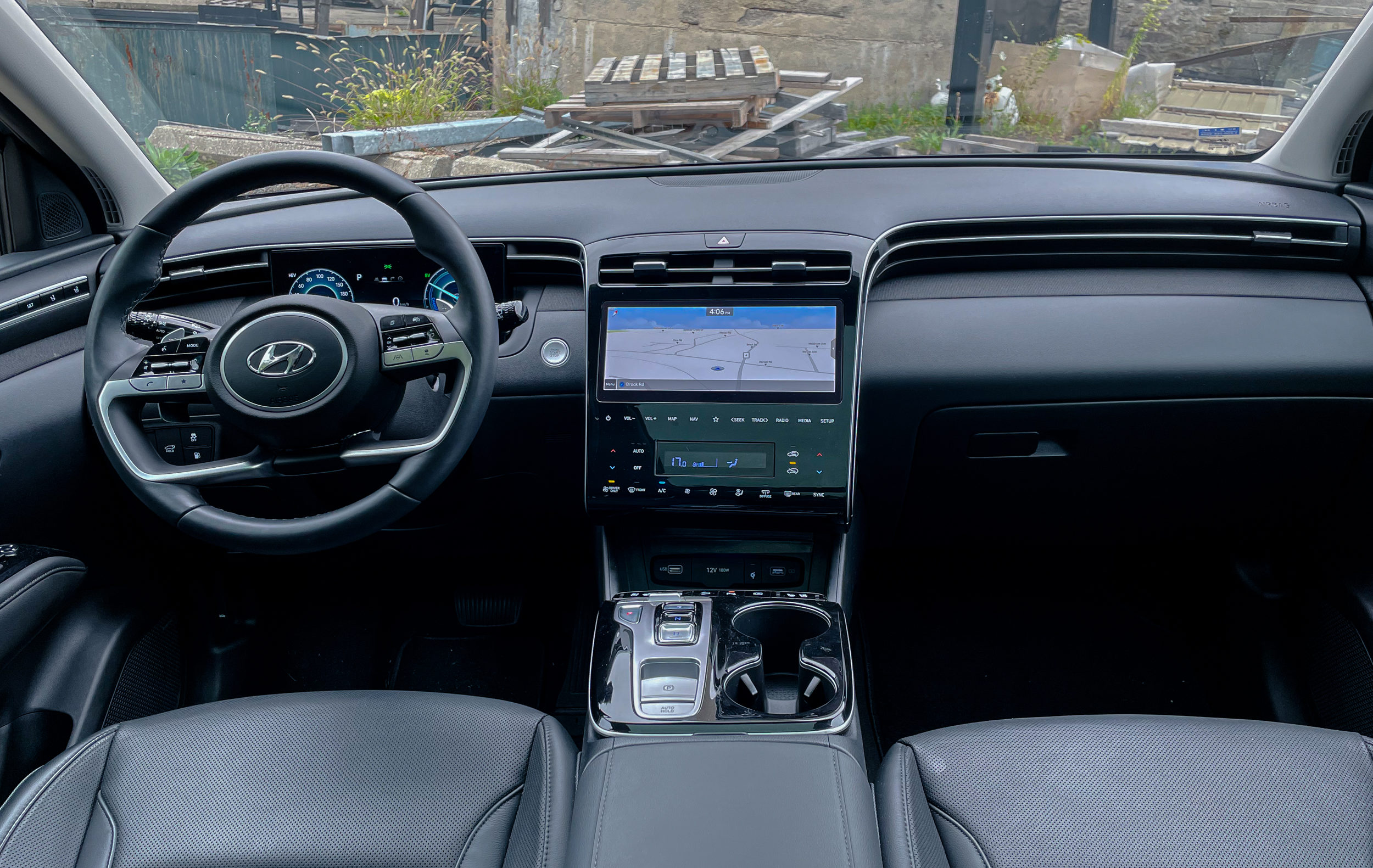
2023 Hyundai Tucson PHEV Ultimate
I even quite like the polarizing ‘P,’ ‘R’, ‘D’ setup on the transmission tunnel, and the flick used to jump from hybrid to full EV mode. It’s a little quirky, sure, but in an already laden mid-sized SUV segment, that can only help the Tucson stand out, right?
Granted, one design flourish we could probably do without is the U-shaped molded plastic mounted across the upper backrest of the black cloth trimmed front passenger seats. These prove just small enough to ignore, yet big enough to intermittently dig into your shoulder blades, dampening an otherwise admirable ride quality in the process.
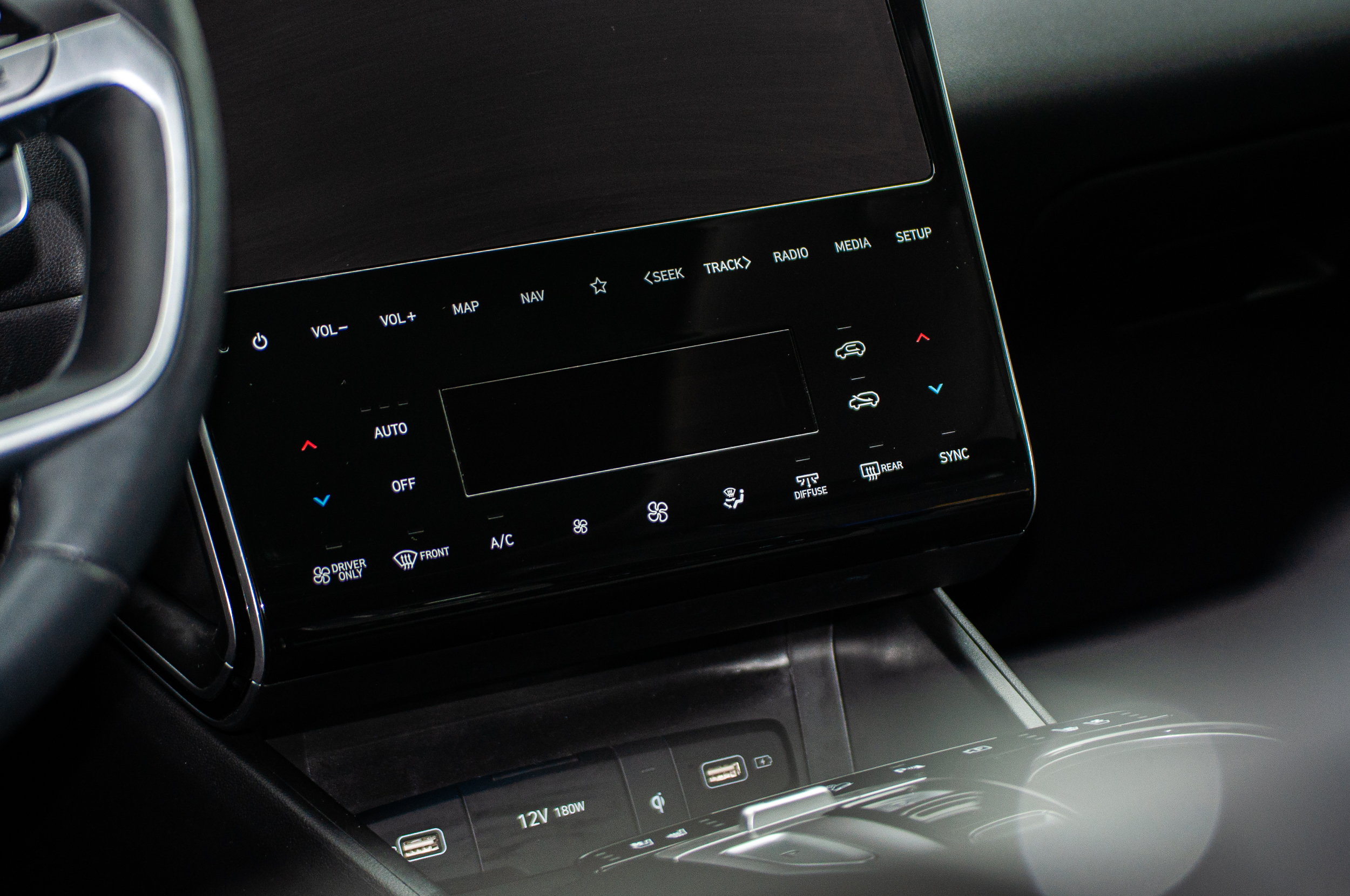
2023 Hyundai Tucson PHEV Ultimate
Give or take the odd – and occasionally baffling – blemish, it’s a good start for this newly re-designed, more charismatic Tucson. A shame then that this same character doesn’t really come across in the drive itself.
Admittedly, this is a near-two-ton SUV we’re talking about, with ample legroom for rear seat passengers, a large cargo area and fold-flat (and locking) rear seats. Porsche 911-esque handling capabilities, then, are not on the agenda. Indeed, the steering in its sharpest setting is, if a little uninterested, still reasonably crisp, a hallmark of the Tucson’s newer, stiffer chassis. The fact that the front seats are mounted unnecessarily high, while not overly impacting head and shoulder room, does mean the temptation to open the taps is fleeting.
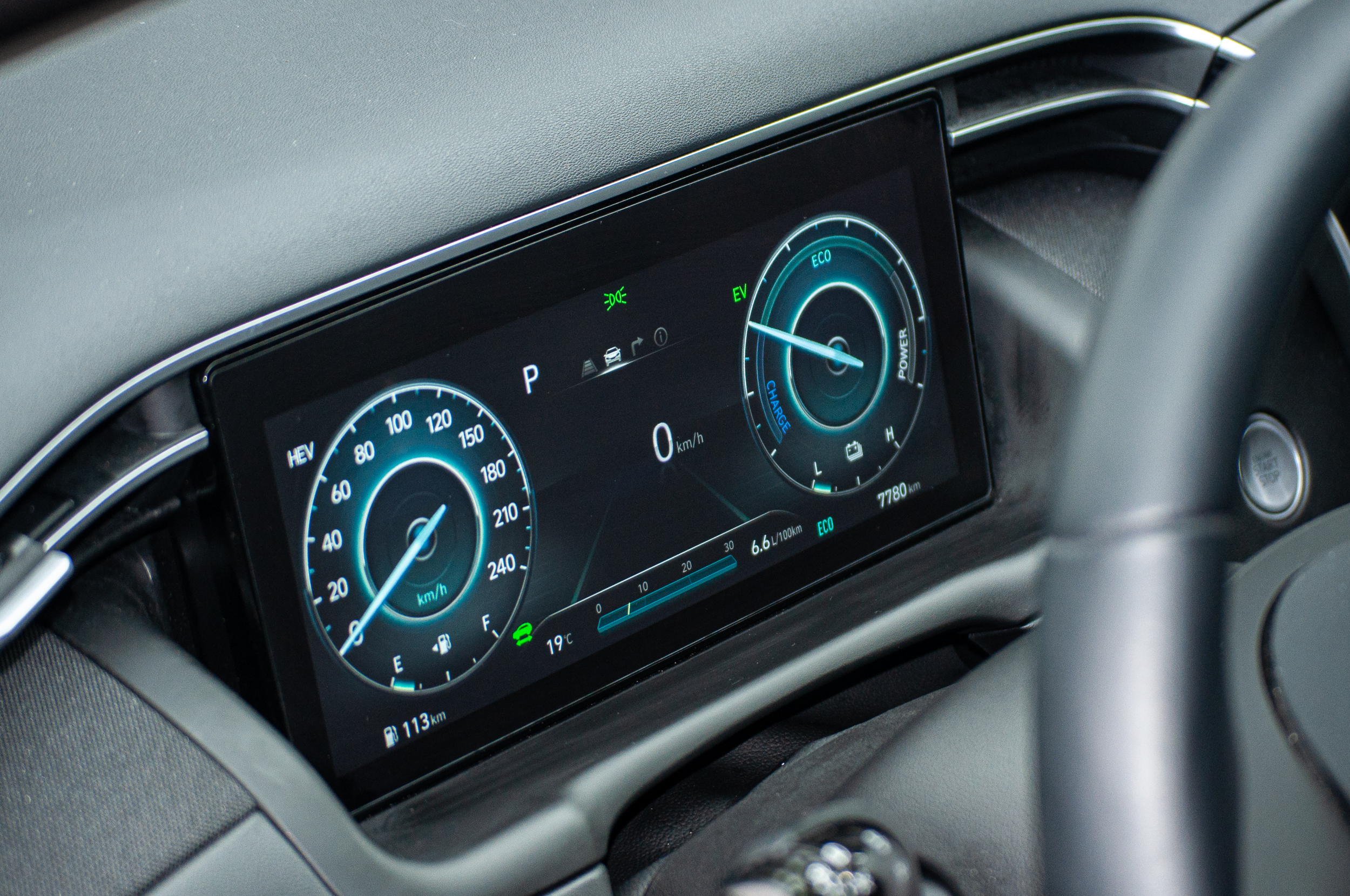
2023 Hyundai Tucson PHEV Ultimate
To the point that you’ll probably want to avoid using ‘Sport’ – one of three drive modes available alongside ‘Normal’ and the battery-preserving ‘Smart’ – altogether. While this does provide a little additional zest to the drivetrain as more torque is sent to the rear wheels, and stiffen the steering a little, the higher-than-it-should-be centre of gravity and resultant body roll means the drive never feels particularly inspiring.
Fair’s fair though, the plug-in drivetrain is one of the more commendable elements of the Tucson alongside the new design. Unlike the ICE-only example, which features a 2.5-litre four-cylinder (up 1-litre from the outgoing model), our all-wheel drive, PHEV test model mates a 1.6-litre turbocharged four-cylinder with a 66.9 kW electric motor. You won’t be pinned back by the velocity, but the electrified acceleration is sharp and consistent, aided by reliably quick shifts from the six-speed automatic transmission.
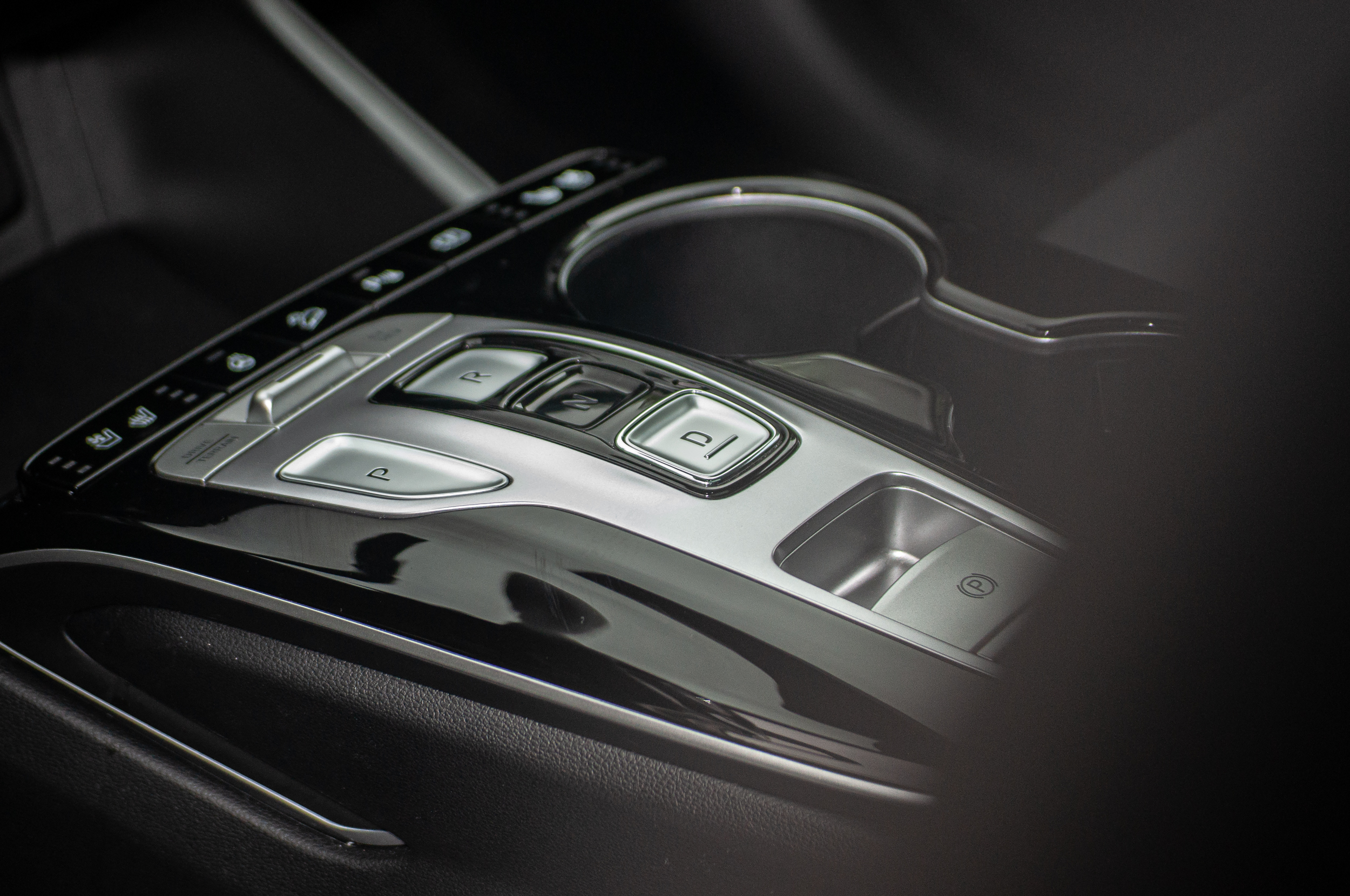
2023 Hyundai Tucson PHEV Ultimate
Again, there’s nothing to knock, but nothing to get particularly excited about either. The estimated 2.9 L/100km consumption, as opposed to the 6.7 L/100km for its ICE-only counterpart, is a notable difference, even if the 13.8 kWh battery’s EV-only range is a slightly underwhelming 53 km. And bear in mind, full EV running is automatically deactivated to preserve at least a quarter of your battery health for “electric assistance” around town.
In fact, chances are you’ll be more conscious of Hyundai’s driver assistance systems. Our Ultimate edition also includes forward collision-avoidance, adaptive cruise control, blind spot monitors and Highway Driving Assist, which, while admirable, can prove a little heavy-handed. Set the ACC on the highway for example and lane-keep assist will remain on even after you’ve deactivated the system. Been driving for 20 minutes? A coffee cup icon will flash up on the driver display screen suggesting you take a break. Want to change the SatNav while on the move? Fat chance!
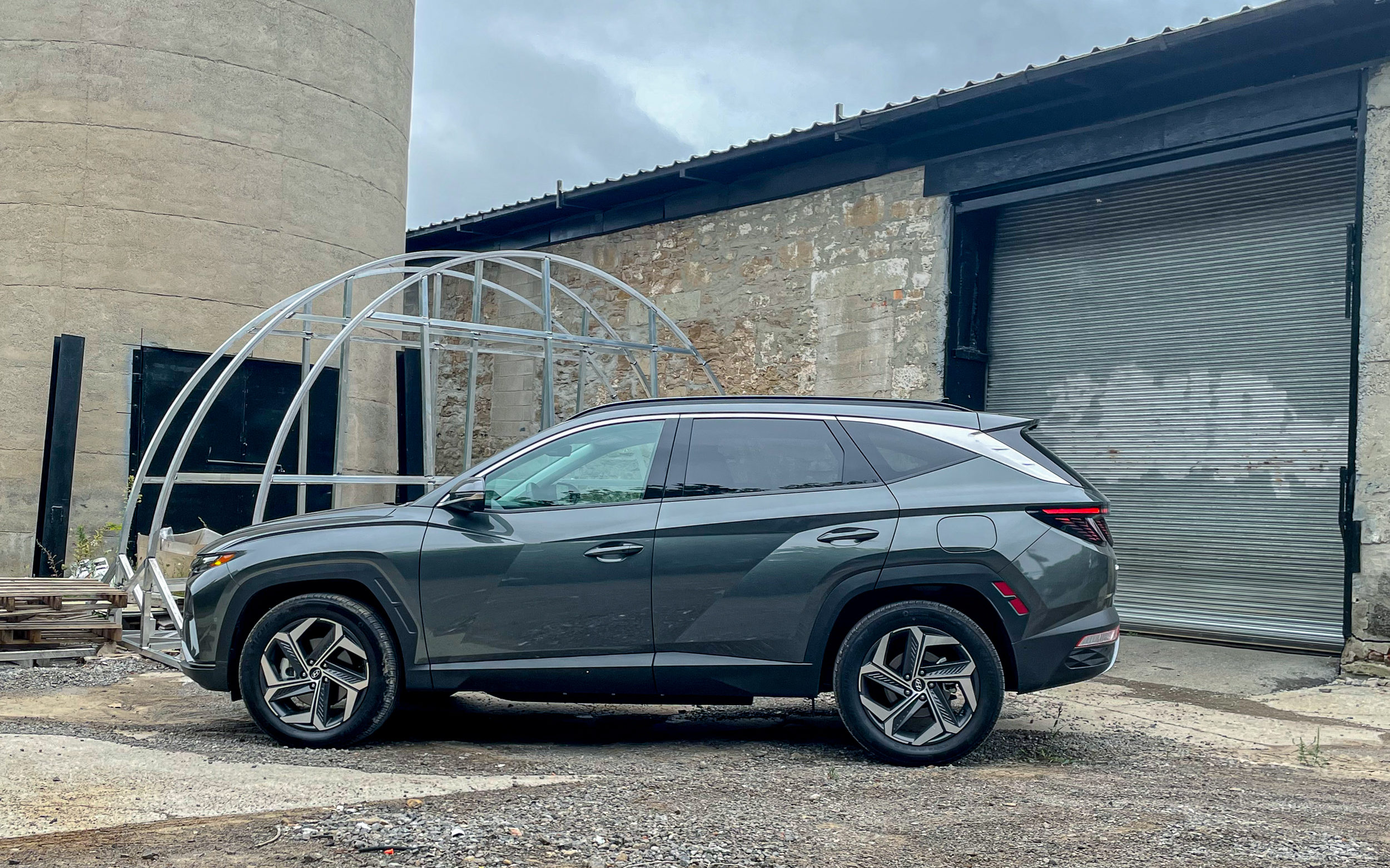
2023 Hyundai Tucson PHEV Ultimate
In an automotive sense then, Hyundai’s “new era” Tucson is very much a game of two halves. As proven by its new Ioniq range, the Korean brand’s design team clearly knows what it’s doing, and the Tucson’s stylish look both inside and out adds further to this. One or two blots on their copybooks aside, both the ride quality and cabin practicality are equally as impressive, and a sub-$50K price tag ($48,424 for this Ultimate version, $47,204 base price), given the fuel saving a smooth but alert plug-in hybrid drivetrain offers, is something few potential buyers will sniff at either. It’s a shame though that, given its new lease of life on the outside, Hyundai couldn’t inject this same character into what is otherwise a sedate drive that features noticeable body roll and uninterested handling.
An impressive start then for Tucson’s fourth generation, if perhaps with its full potential as of yet untapped.
Hyundai Tucson PHEV tech specs
Engine Four-cylinder, turbocharged, 1,598 cc
Electric motor 66.9 kW
Battery 13.8 kWh (lithium-ion)
Power (comb.) 261 hp @ 5,500 rpm
Torque (comb.) 258 lb ft @ 1,500 rpm
Transmission Six-speed automatic, all-wheel drive
Dimensions 4,630 mm (L), 1,865 mm (W), 1,685 mm (H)
Wheels / tyres 19in (front and rear); P235/55 HR19 (front and rear)
Price (as tested) $48,424 – Ultimate
